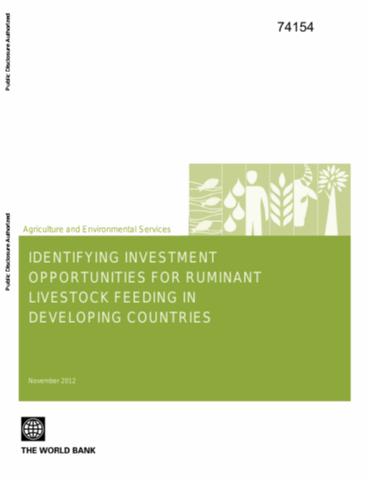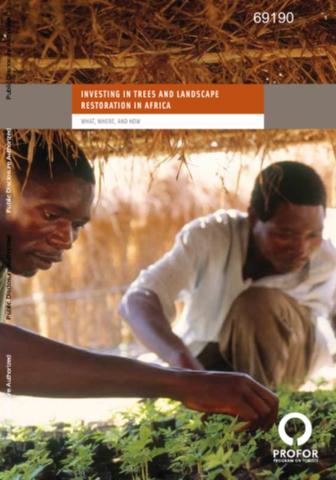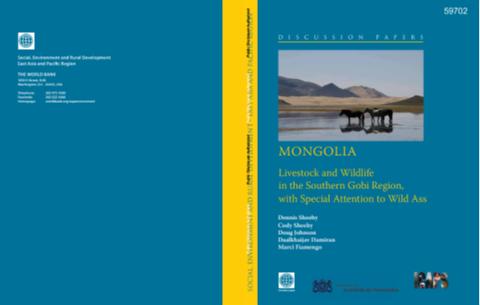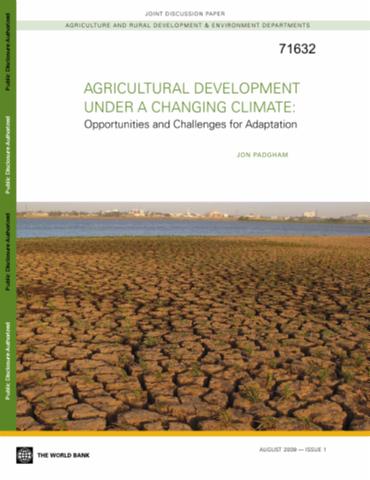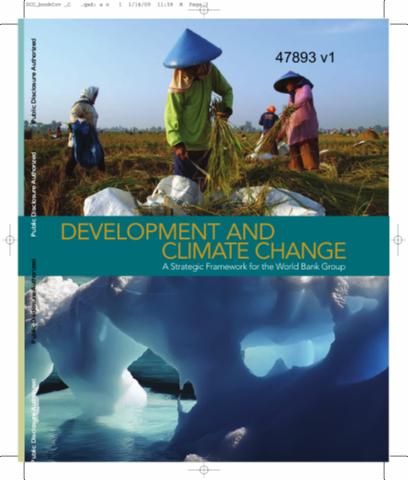Land-use and land-cover change detection in a semi-arid area of Niger using multi-temporal analysis of Landsat images
Recent studies using low-resolution satellite time series show that the Sahelian belt of West Africa is witnessing an increase in vegetation cover/biomass, called re-greening. However, detailed information on local processing and changes is rare or lacking. A multi-temporal set of Landsat images was used to produce land-cover maps for the years 2000 and 2007 in a semi-arid region of Niger, where an anomalous vegetation trend was previously detected.



